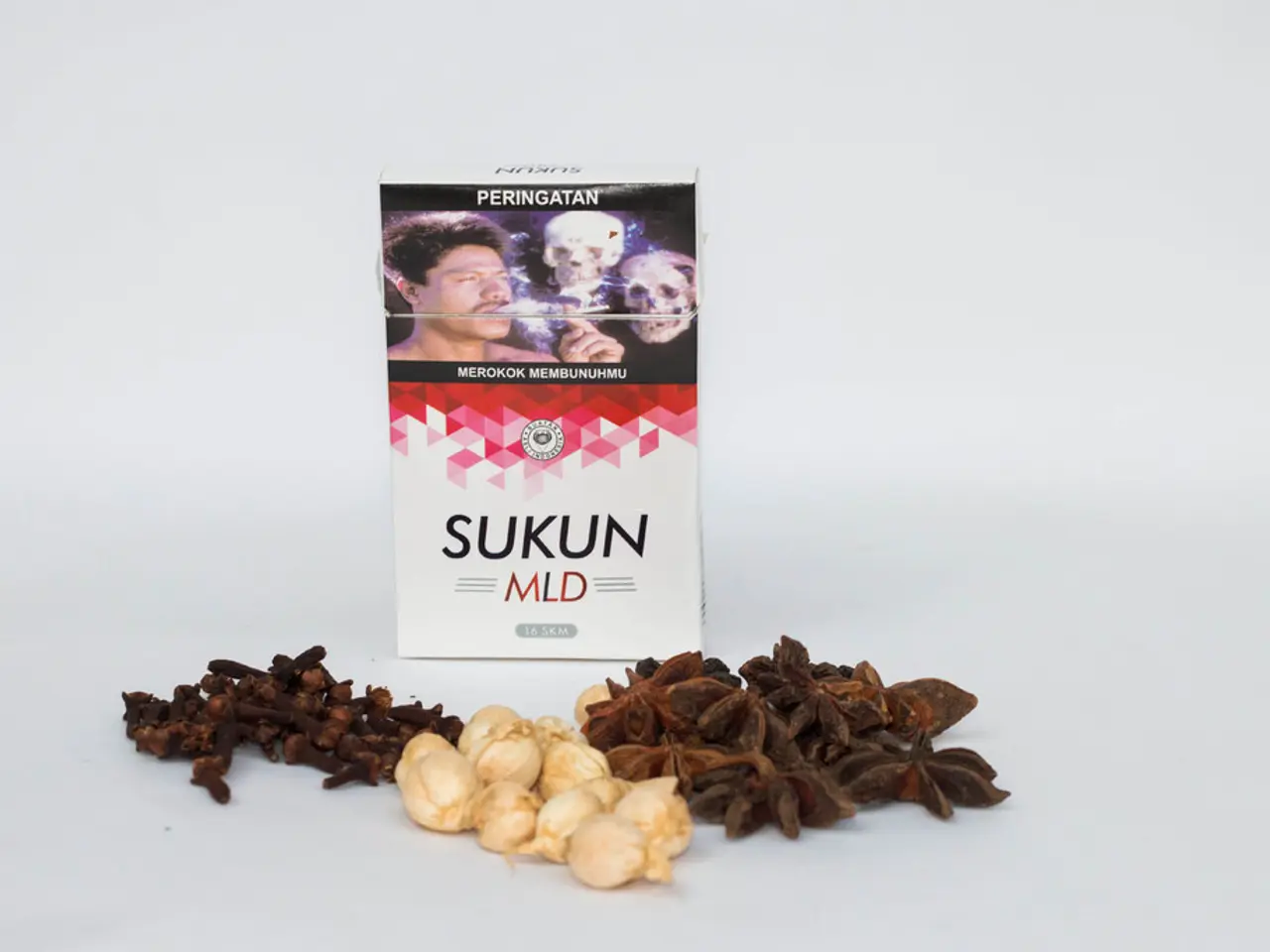Top Winter-Hardy Herbs for Successful Cultivation
In the chill of winter, gardens can seem barren and lifeless. However, there are a number of hardy herbs that not only thrive in cold temperatures but also add a burst of flavour and colour to your winter garden. These perennial herbs are ideal for gardeners looking to extend their growing season and enhance their kitchen offerings.
Among the top winter-hardy herbs are Thyme, Chives, Sage, Winter Savory, Mint, Greek Oregano, and Rosemary. Each of these herbs has its unique characteristics and uses, making them versatile additions to any garden.
Thyme (including Winter Thyme) is a hardy, low-growing perennial with aromatic leaves and pale pink to lavender flowers. It thrives well in winter climates, has strong antifungal and antiseptic properties, and is used both in cooking (roasted meats, stews, herb blends like bouquet garni) and traditional medicine.
Chives are perennial and hardy, suitable for cold climates, adding an onion-like flavour to dishes. They die back in winter but regrow in spring.
Sage is hardy and perennial, growing well in cold conditions. It is a popular culinary herb and has medicinal uses.
Winter Savory is a hardy herb that survives cold winters, used in cooking to flavor meats and beans.
Mint is very hardy; however, it can be invasive, spreading aggressively. It’s commonly used in teas, salads, and drinks.
Greek Oregano is a perennial oregano variety that withstands winters and provides robust flavour year after year.
Some herbs like rosemary, tarragon, and stevia are less winter-hardy and often require pot cultivation to allow bringing indoors during cold months.
### Planting Guidelines
To grow these hardy herbs, plant them in well-drained soil with good sun exposure. Winter Thyme should be planted spacing to allow a compact mound (up to about 15" tall and 24" wide). Mint and lemon balm spread aggressively; consider containment methods such as pots or root barriers to prevent taking over the garden. For many hardy perennials, late summer to early fall planting allows roots to establish before winter dormancy. For less hardy herbs, grow in pots and move indoors when freezing temperatures approach.
### Care Guidelines
Once established, these perennials require minimal care during winter. Mulching around perennials like sage and thyme will protect roots from freeze-thaw cycles. Prune herbs like chives and mint in late winter or early spring before new growth starts. Keep soil well-drained to avoid root rot during wet, cold seasons.
### Usage Guidelines
Use thyme, sage, oregano, and savory in winter cooking to flavor meats, stews, and herb blends. Chives and mint add fresh flavors to salads, teas, and drinks. Many winter-hardy herbs like winter thyme and lemon balm also have medicinal uses, being used traditionally for respiratory relief, antiseptic teas, and natural mosquito repellents.
Coriander can cause an allergic reaction on rare occasions and will bolt to seed if water or heat stressed. Rosemary's aromatic leaves are used to flavor lamb, potatoes, chicken, soups, and can be infused in oil or vinegar. The curry leaf plant can be weedy further north and may lose some leaves over winter in cooler areas. Sage (Salvia spp.) has soft grey leaves and a purple-leaved variety. For those who love the fruit-cup sage (Salvia dorisiana), it needs more water and less sun than culinary sage. Mint goes well with lamb, in yoghurt sauce, in Greek or Middle-Eastern salads, and in drinks. Thyme (Thymus spp.) is a great edging, rockery, or pot plant, growing 30 centimetres high. Thyme has pink or white flowers in spring and comes in lemon-scented and variegated varieties.
If you only have room for pots in your garden, all of these herbs are still an option; however, you will need a larger pot for both curry leaf and rosemary. The seeds of the curry leaf plant are poisonous.
These hardy herbs not only survive winter conditions but enhance both the winter garden’s appearance and kitchen flavor offerings with minimal extra care.
- The versatile herb Thyme, with its aromatic leaves and pale pink to lavender flowers, thrives well in winter climates and is used in cooking, making it an ideal addition to both your winter garden and winter meals.
- Sage, a hardy herb that grows well in cold conditions, is not only a popular culinary herb but also has medicinal uses, making it a valuable asset in both your kitchen and home-and-garden lifestyle.
- Greek Oregano, a perennial oregano variety that withstands winters, adds a robust flavor to food-and-drink, while also contributing to the vibrant, global-cuisines that can be nurtured in a home-and-garden setting. Additionally, many of these hardy herbs have medicinal properties, turning them into multi-purpose assets for your home and lifestyle.




